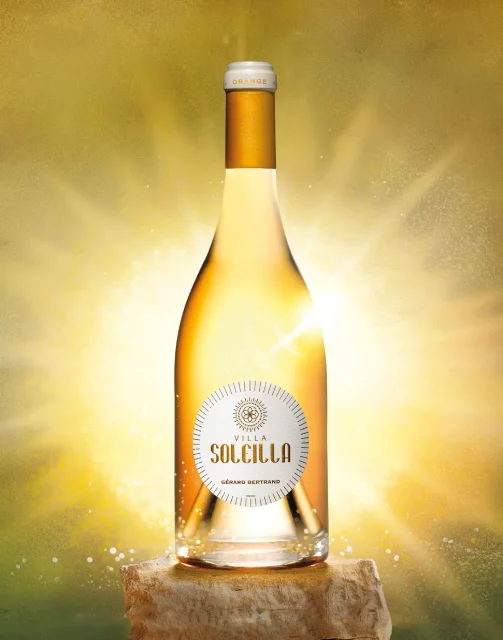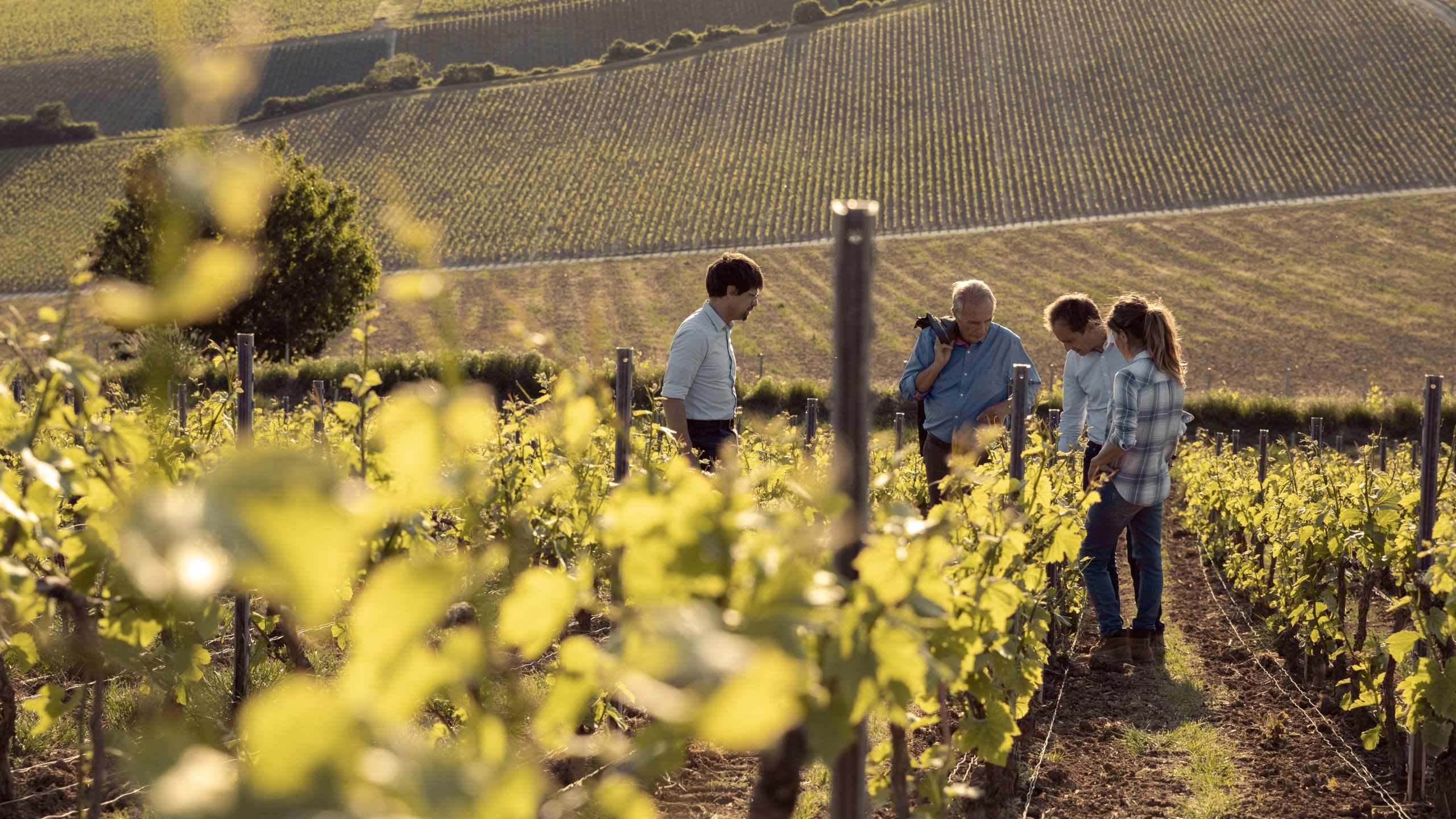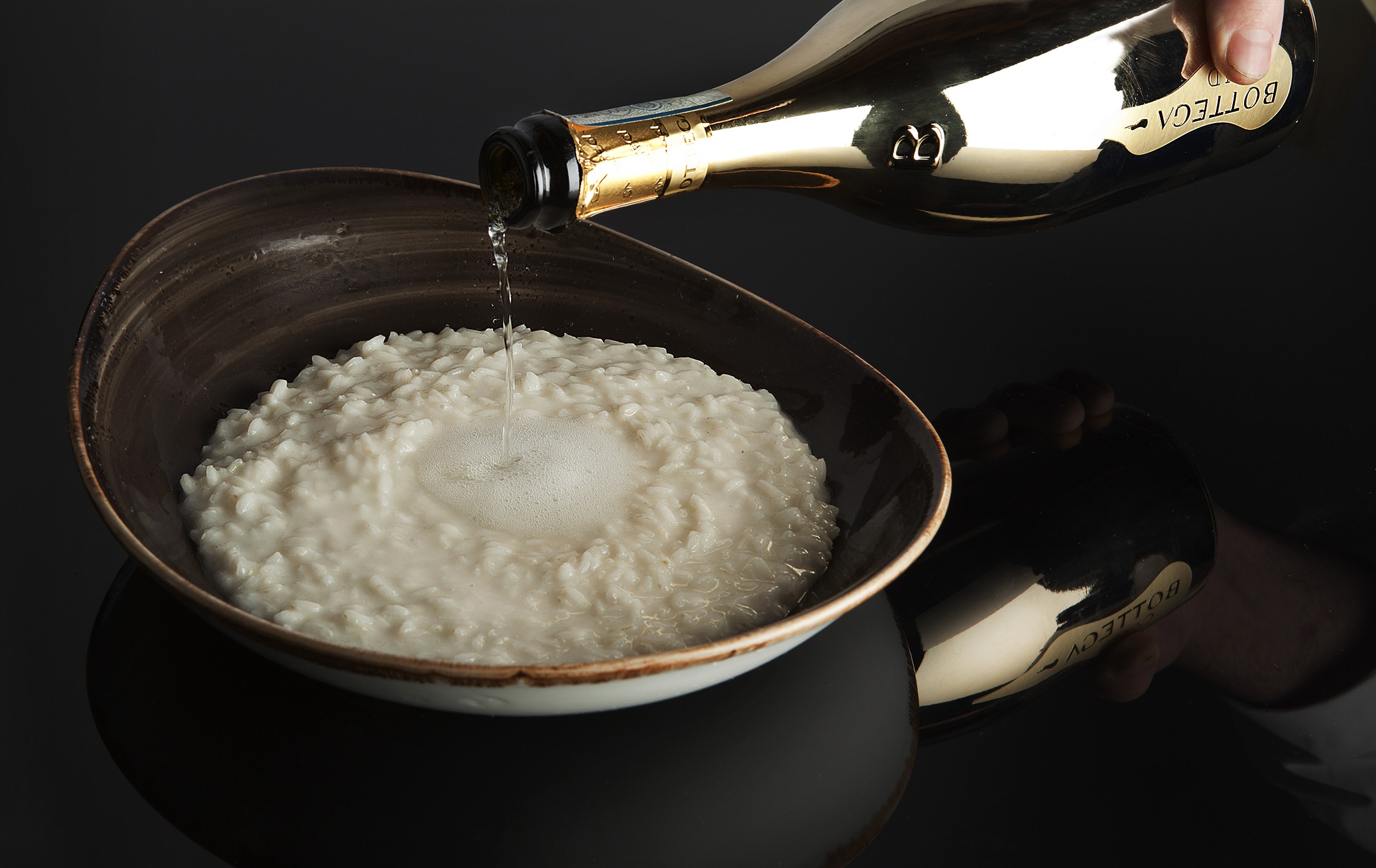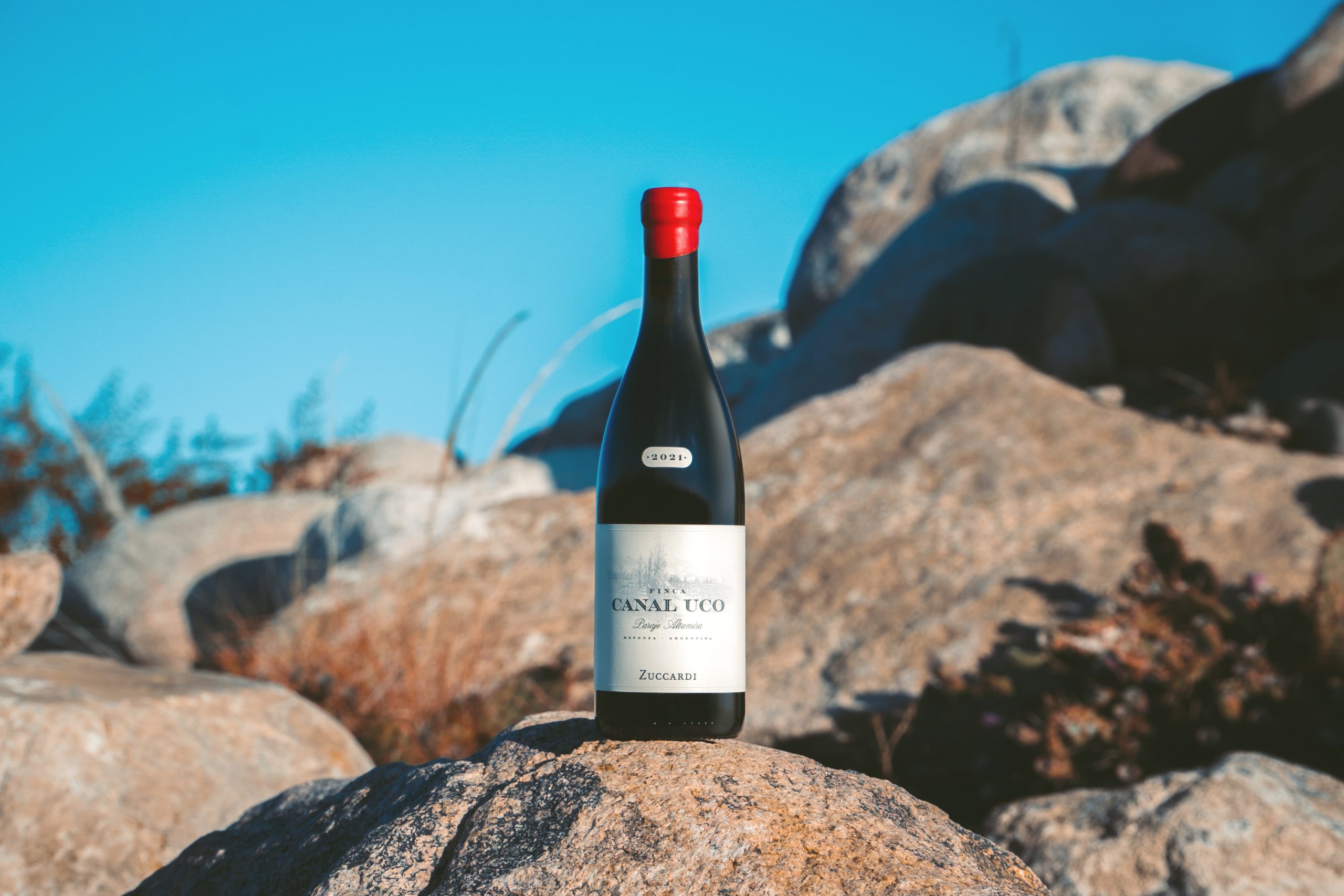I’ve tried a luxury orange wine – and it’s delicious
As the orange wine category gradually becomes more mainstream, it’s not surprising that someone should attempt to make a luxury example – and having tasted just such a product, Patrick Schmitt MW is impressed.

Yes, a glowing, amber-coloured wine costing more than £100 – actually almost £200 – is now available to buy, marking the first really high-end orange wine, housed in the sort of heavy, striking bottle that would befit a New World ‘icon’.
But is it ‘fine’? I think it is, in the sense of being a wine with balance and complexity, intensity and age-ability – the type of liquid that makes an immediate and favourable impression, before leaving a lingering sense of refreshment and satisfaction.
Indeed, it’s a wine with layers of palate-pleasing flavours, the sort of complementary characters that make one smile and want another sip, while thinking, I should probably buy another bottle for cellaring, and try it again in ten years’ time.
As for the product, it’s called Villa Soleilla, and made by Gérard Bertrand, the Languedoc winemaker who has embraced orange wine in the past few years, producing a range of examples, from £10 (Naturae) to this, a range-topper that sells on the producer’s website for £174.
I write this having sampled the 2022 vintage, which is in fact Bertrand’s third release, having started with the 2020 harvest. This I did completely ‘blind’ as part of our first ever Orange Wine Masters, which saw Villa Soleilla assessed by myself and a handful of judges last month in London without any knowledge of the wine’s source or varietal composition.
Yes it was by far the most expensive wine in the tasting, which featured around 30 wines, but it was the best, achieving an average score of 97 points (out of 100), enough to ensure it would be crowned the Orange Wine Master for 2024.
As I subsequently found out, crafting Villa Soleilla has required an intense period of experimentation by Bertrand, who was motivated to make this wine, and others of the same hue, because he was disappointed by the majority of orange wines on the market.
Telling db during an interview last month, he found “too much bitterness, dryness and tannin” in all but a few orange wines, following an extensive sampling, encouraging him to attempt his own examples, with, not only the right deep-amber hue, but also an appealing set of characters that would leave the drinker desiring another slurp.
“The purpose is to have elegance, structure and complexity and not too much bitterness and no tannin, which is an enemy for orange wine, because it gives dryness,” he said, adding, “The secret of wine is to pour a second glass, and to have a second glass of orange wine you have to be very delicate in the winemaking process.”
Achieving this at the top-end with Villa Soleilla has seen him use “a careful selection of the six best parcels of Roussanne, Viognier, and Vermentino” at Bertrand’s biodynamically-farmed Château l’Hospitalet in La Clape.
The resulting wine – named after the Villa Soleilla, which overlooks the Mediterranean Sea – has been through several stages to create a distinctive set of flavours, which I’ve noted below following my blind tasting of the product in the Orange Wine Masters competition.
The winemaking is complicated, with each parcel of vines vinified separately, and a range of vessels used for the fermentation and maturation of the wines, ranging from oak barriques to clay and glass amphorae.
Partner Content
As for the colour, that is leached gradually into the must during a carbonic maceration of the grapes, which are added as whole bunches into vats, and kept at a temperature between 21 and 25 degrees Celsius.
After this, the free-run juice goes into French oak barrels, while the subsequent press juice is put in amphorae, as well as ovoid tanks made of stainless steel and wood.
Following these multiple stages to the winemaking, one wonders whether it is possible to detect the influence of the place and grape variety in the final wine?
“For sure there is a terroir effect for Villa Soleilla,” said Bertrand, adding, “It is the result of very old vines of Roussanne, Viognier, and Vermentino grown biodynamically on a limestone soil near the ocean, which means there are small yields, salinity, a low pH and amazing complexity.”
Nevertheless, Bertrand admits, as one suspects when it comes to orange wines, that it’s the skill of the cellar hand that is most strongly felt.
“Number one is expertise, number two is winemaking, and number three is terroir,” he said, when listing in order of importance the impacts on style and quality when it comes to an orange wine such as Villa Soleilla.
Finally, with it being the world’s most expensive orange wine, and by some margin, how does Bertrand justify Villa Soleilla’s high price? His first justification relates to its rarity, with Bertrand telling db, “Because it comes from a selection from old vines on our estate, there are a limited amount of bottles – we only make 8,000-12,000 each year”.
Beyond this factor, he adds, “It was important for us to create an iconic cuvée for orange wine – the wine deserved it and the category deserved to have a leader; a wine to play in the category of grands vins: it is important for wine lovers to have a benchmark like this.”
Finally, he said, “Villa Soleilla is a wine that is able to age for 10 to 30 years… it is limited production from a boutique winery, and it is in the world of Clos d’Ora and Clos du Temple” – his top-end red and rosé respectively, which are both priced at a similarly high level as his luxury orange wine.
In conclusion, he told db, “We don’t say it is expensive, but high-priced, and if you compare it with the prestige cuvées of Champagne, you will find they are two to three times more expensive, and the production is 5-6 times more.”
Villa Soleilla 2022: Tasted ‘blind’, London, 14 August, 2024
The wine is translucent with a deep amber-gold glow and a burnt orange glint on the rim. The nose is inviting and clean, with aromas of ripe orange, grapefruit pith, bergamot, burnt sugar, and a hint of vanilla pod. The mouthfeel is oily and full, almost sweet in character, but with a gently warming, dry and finely grippy finish. Flavours abound, with candied tangerine and dried apricot mixing with caramel and hazelnut, cigar box, cedar and Earl Grey tea, then bitter lemon and lime zest come through, with a saltiness augmenting the citrus tang. A delicious and complex wine that’s hard not to drink, with its dry, gently-bitter, salty and finely-tannic edge that rounds off a mouth-filling rich core of yellow fruit and toasted marshmallow. In short, a benchmark for the orange wine category, and a go-with-anything drink. (Patrick Schmitt MW)
Related news
All the medallists from the Global Orange Wine Masters 2025




